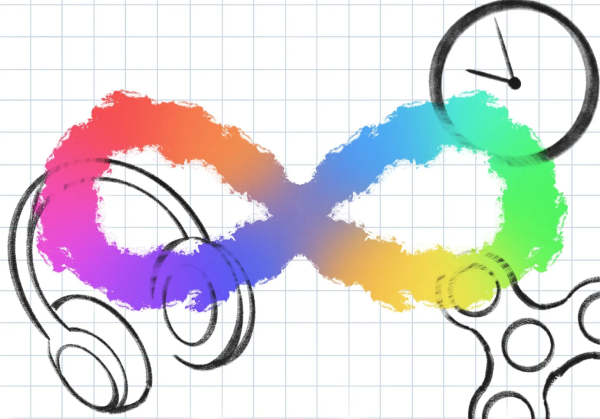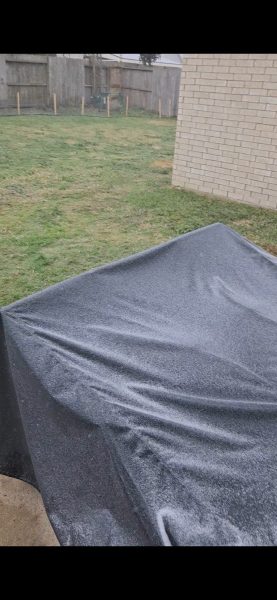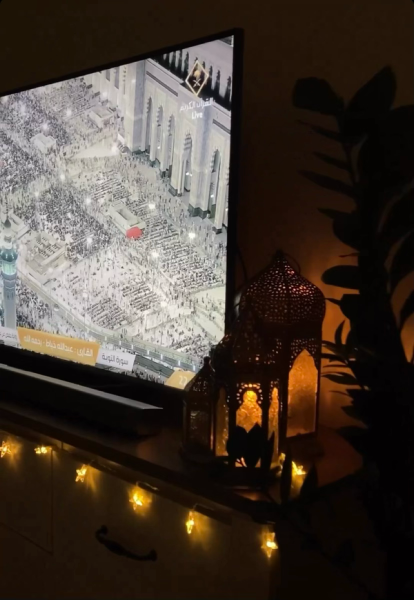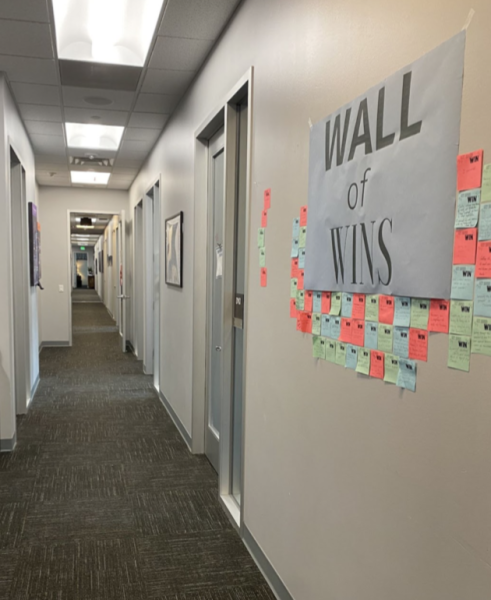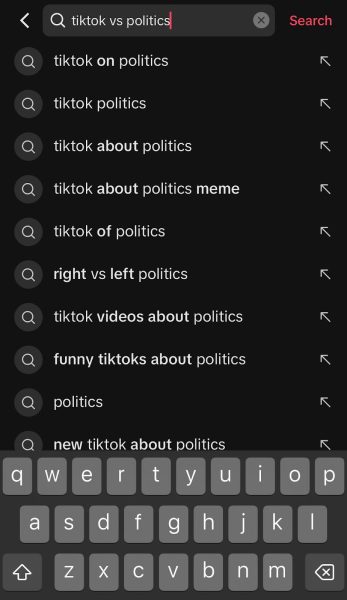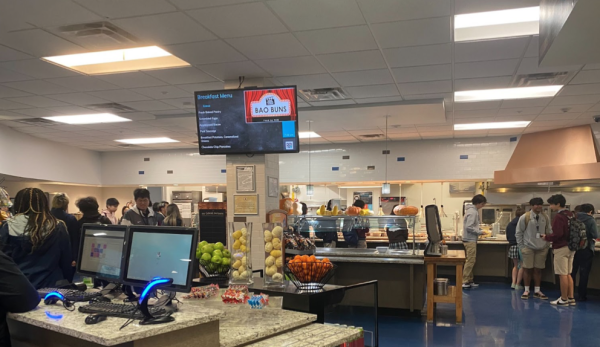“Better When I’m Dancin’”
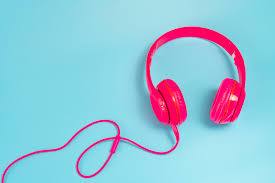
Nobody needs a reminder about how everything is simply not enough right now. From campus life to daily routines to extracurriculars, the underlying pandemic devastating the globe undeniably bleeds into our lives. Amidst however, Musicians have responded phenomenally. As explained by a British music journalism website News Musical Express, bands are utilizing the internet in magnificent ways to reach fans. Some are playing shows directly to fans with nifty live streams, while recommendations and albums are flooding in to keep us smiling with non-stop entertainment in our homes. Similarly, The Village High School students have kept instruments strumming and the soul of music alive within this tragedy.
In the face of uncertainty and panic, music is a social balm for soothing anxiety and protecting community spirit. Oftentimes, it is the answer to coping with intense loneliness.
“As an only child, music has impacted me a lot at this time because I don’t really have anybody to talk to during the day,” said sophomore Anjai Gupta, a choir student. “Music fills in that empty void. And the interesting thing for me is that I don’t really have a favorite. I can listen to any type of genre.”
A phenomenal musical initiative during COVID-19 can be seen in the VHS Musical Masterminds club. A group of student-musicians have been exploring their love for various instruments through innovative collaboration during trying times.
“We have been working on a Disney piece where we have our club members record their individual parts that we share on a Google Drive,” said junior Ella Xu, a founding member of VHS Musical Masterminds club. “We also have a conductor video because when we get together we normally have a conductor. They splice the clips together and make a harmonious sound.”
Aside from student-led collaborations, music education provided by The Village School itself has taken a drastic turn. Virtual band, choir, and orchestra classes are more difficult to conduct and courses are moving slower than usual. Along with innovations, numerous challenges are surfacing with music education.
“Choir is an interesting thing to do online,” said Gupta. “When you have people in the classroom and singing online, there’s a lot of lag and it’s so much harder to teach notes. By this time, we would’ve already figured out or memorized at least three to four full songs but with blended learning, we’ve only finished about one. It just takes more time virtually.”
Another obstacle arises when musicians are no longer able to assemble in groups like they used to. They have to go an extra mile with technology to play together digitally.
“Normally, musicians, we get together in big orchestra groups, and that helps [us] make harmonious sounds,” said Xu. “But because now we can’t even meet face to face with just two people, we have to problem-solve with videos.”
While some have used this time collaborating with instruments, others have filled empty hours at home by learning an instrument. As voiced by the American Language Institute, music is something that requires loads of individual practice time to nourish skill sets, and luckily(or unluckily), the virus has built-in this time to our schedules. Sophomore Divya Khatri explored a new instrument during the pandemic, independently mastering her favorite songs on the Kalimba without guidance or prior knowledge with the instrument.
“I looked back at my list from before COVID with things that I wanted in the distant future for my birthday and I decided to get a Kalimba,” said Khatri. “It was only 25 bucks so it wasn’t that expensive and I’ve never really taught myself an instrument. Usually when I play instruments like violin and piano, I go through all of the classical stuff, but when I’m playing Kalimba I get to play the songs I want. I just look up tutorials and I learn by completing them rather than learning through scales or the initial stages.”
Musical learning and collaboration have had creative floods, and listening too is at an all time high. An April 2020 CNN Business magazine states that Spotify’s listening time around activities such as cooking, chores, family time and relaxing at home doubled during the pandemic. Spotify also reported an increase in searches for “chill” and “instrumental” music and an increase in popularity of wellness and meditation podcasts. With nobody to constantly speak with, music can even make one feel like they are not alone in an isolated room.
“I use Spotify a lot more because there is more time for independent work,” said Khatri. “When working independently, you need some kind of background noise or you just need to hear another voice, even if it’s through a song. That sounds super lonely, but if you just sat in silence with a lower amount of interaction that we have nowadays, it would drive you insane.”
Listening hours have also skyrocketed due to the lax environments students learn in at home. Virtual learning makes listening to music during school hours more available and easy.
“During physical school I can’t just put on headphones because that’s rude,” said Gupta. “But in virtual learning, I can play music during class without being disruptive or rude. At home, especially now, it’s very easy to have music going 24/7.”
In a state of helplessness and absolutely no control over the pandemic, politics, and the racial injustice plaguing America, music has the potential to change the face of mental health during the pandemic. If listening to a distant voice and stepping to a beat gives anyone the slightest glimmer of strength to get through the day, then it is a sound worth believing in.

Aditi Iyer is a senior, and this is her fourth year as an editor for The Viking Press. In addition to journalism, Aditi is an acclaimed competitor on the...

